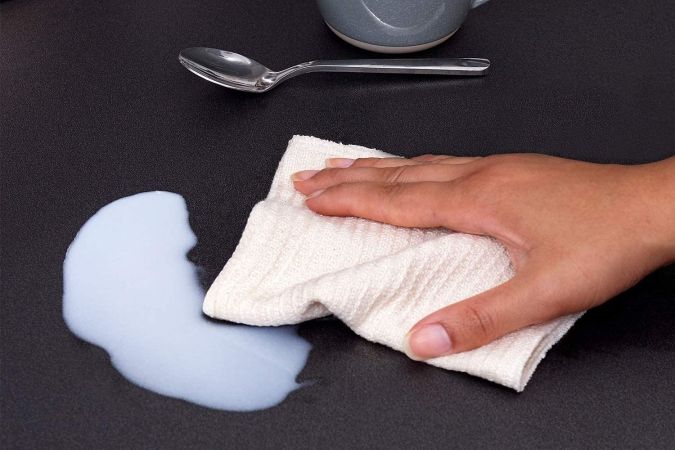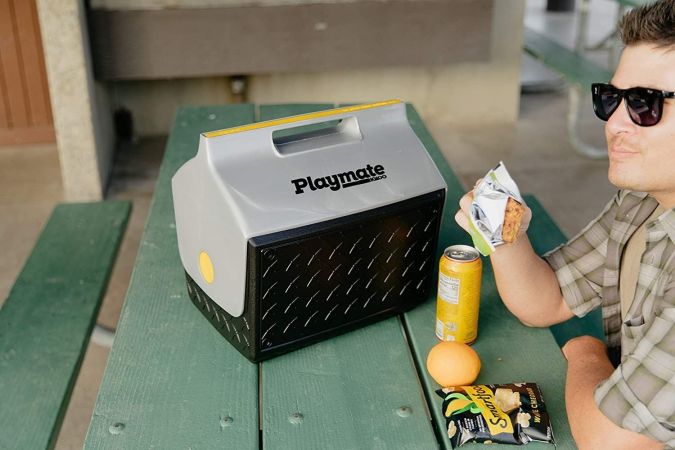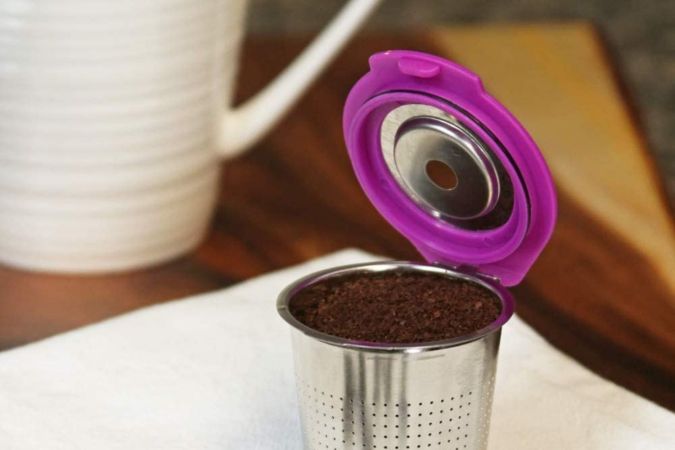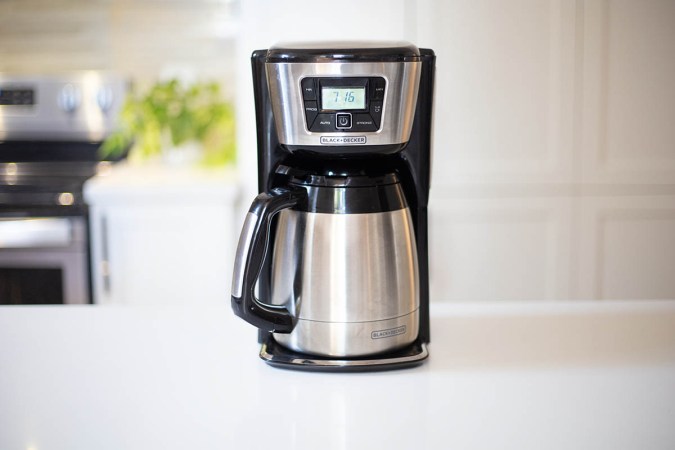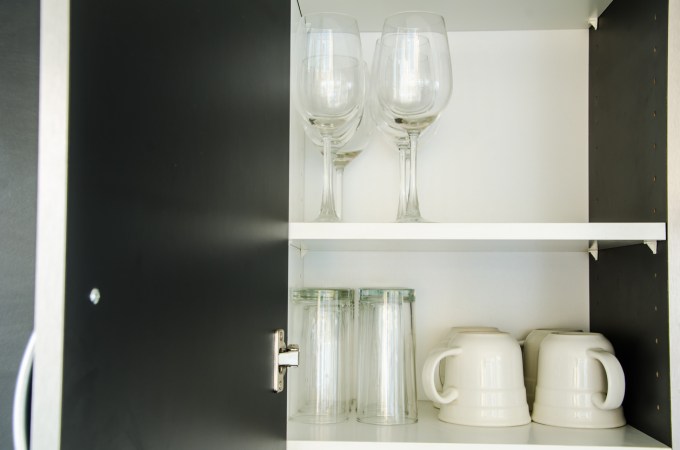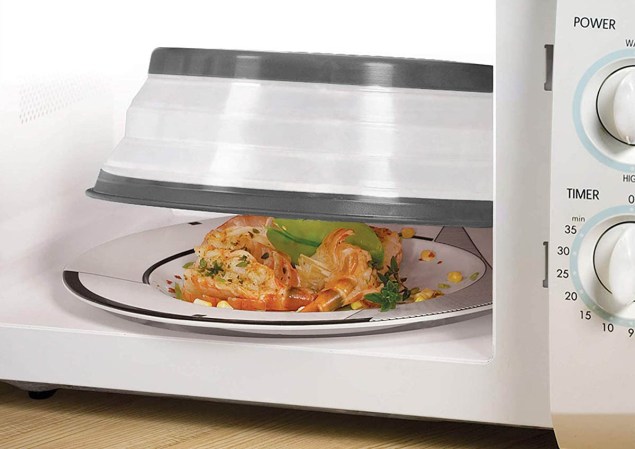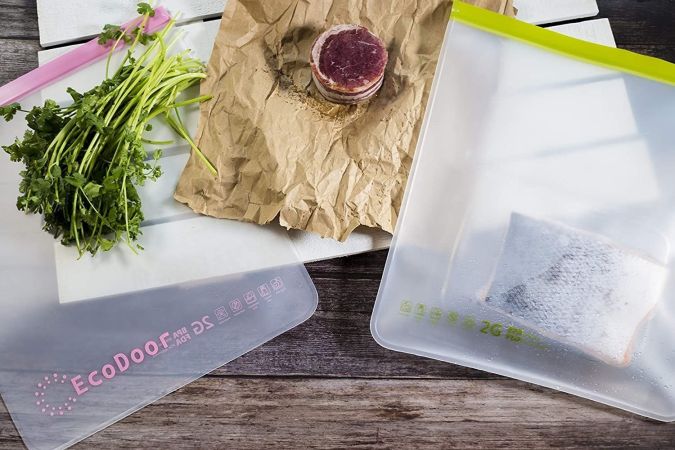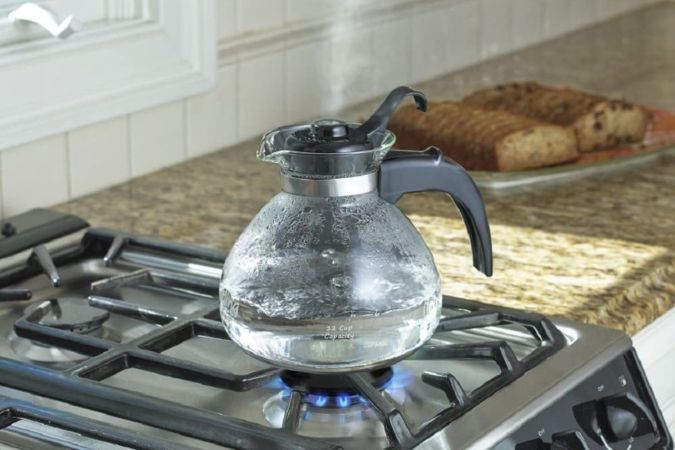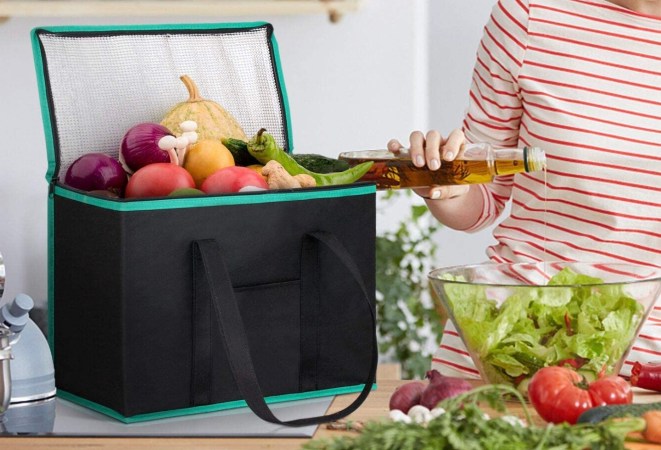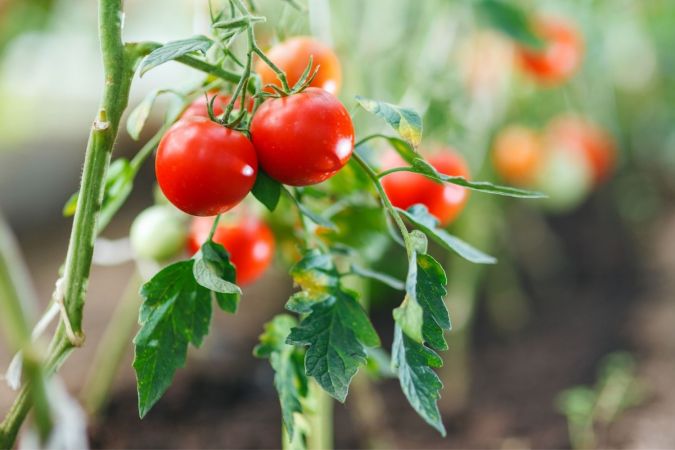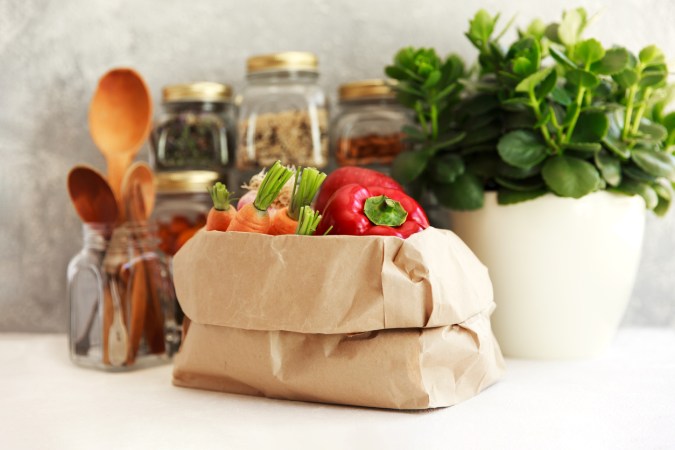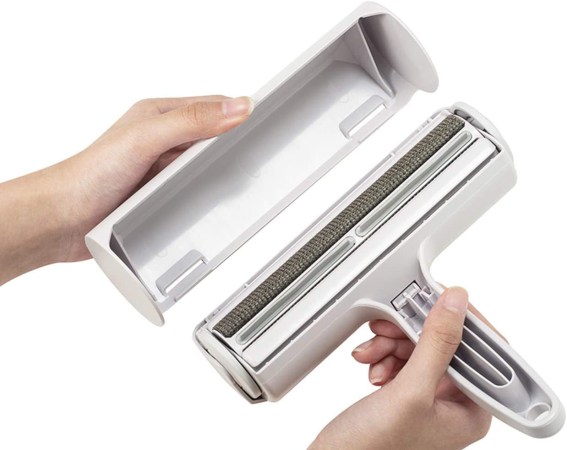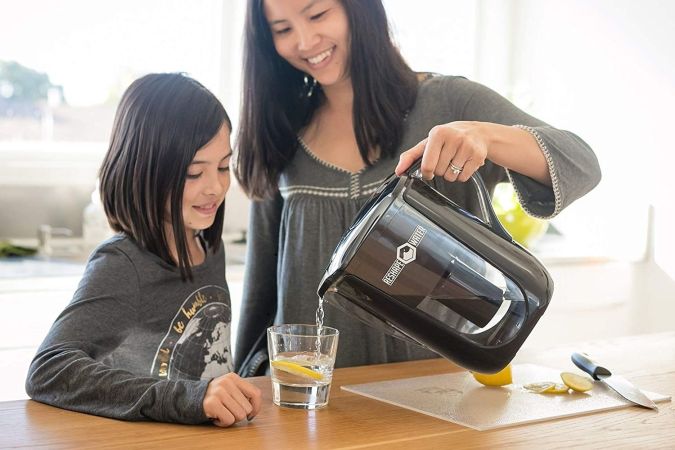We may earn revenue from the products available on this page and participate in affiliate programs. Learn More ›
The kitchen is the heart of the home, but it’s also one of the places that can generate the most waste in a house. When you’re trying to reduce your carbon footprint by minimizing the amount of waste you and your family produce, taking steps to a zero-waste kitchen can help you get there faster.
With helpful products to ease your transition to a zero-waste kitchen, this guide can get you started. With reusable products, you can stop throwing away so much excess paper, plastic, and food—which can benefit both the planet and your wallet.
1. Use rags or cloths instead of paper towels.
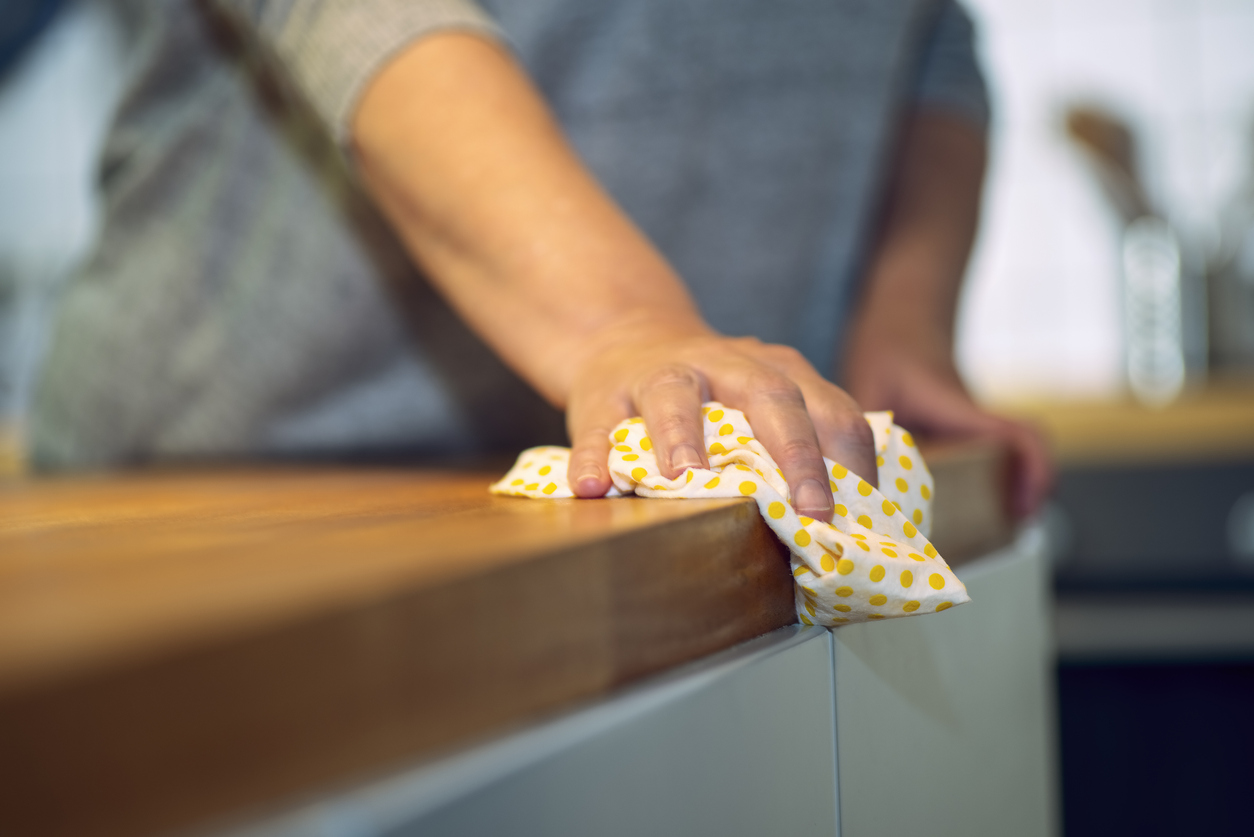
Paper towels alone generate 13 billion pounds of waste every year in the United States. Instead of using paper towels to clean surfaces or dry your hands, use rags or cloths. These can be items that you already have around the house, such as old towels, wash cloths, and T-shirts, or you can invest in paperless towels made of sustainable fibers such as bamboo to get the job done. When your cloths are dirty, simply throw them in the wash, dry, and reuse them—no waste necessary.
Get the ECOBOO Reusable Paperless Towels at Amazon for $18.99
2. Buy refillable dish soap, or dish soaps without packaging.
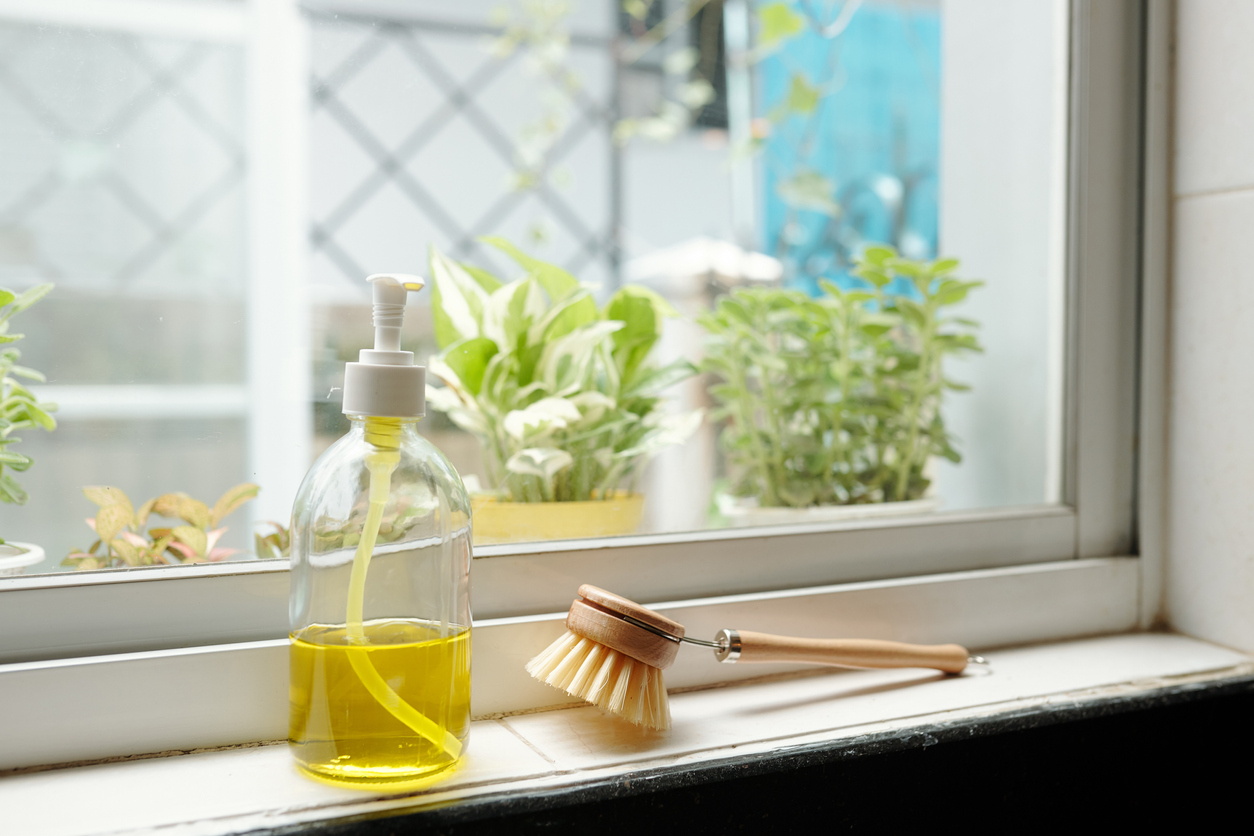
Buying cleaning products in plastic bottles requires replacing them, unless you refill the plastic containers. Instead of buying dish soap or cleaning products in plastic bottles, try reusable bottles you can fill at home, such as a universal spray bottle you can fill with vinegar or homemade cleaning products, or zero-waste dish soap. Some stores may even have areas where you can refill containers from home with soap for a truly zero-waste solution.
- Get No Tox Life Dish Washing Block Soap at Amazon for $9.99
- Get the OXO Good Grips Stainless Steel Easy Press Dispenser at Amazon for $18.99
- Get the Uineko Plastic Spray Bottle 4-pack at Amazon for $11.97
3. Reuse compostable bags, and recycle plastic bags you get from the store.

Should your grocery store have compostable bags you can use for produce, you can reuse these when you get home instead of throwing them in the trash. Instead, add them to your own compost bin or use them to take out food scraps or line your trash can.
If you use the grocery store’s plastic bags to bring your groceries home, be sure to recycle these bags appropriately instead of throwing them in the trash, since plastic bags generate 4.2 million tons of waste annually.
Finally, be sure to bring your reusable grocery bags every time you go to the store. These organic cotton bags from Earthwise are sturdy, machine washable, and zero-waste.
- Get the BioBag The Original Compost Bags (100 Count) at Amazon for $12.95
- Get the Earthwise Organic Cotton Reusable Grocery Shopping Bags (pack of 4) at Amazon for $17.99
4. Invest in reusable produce bags.
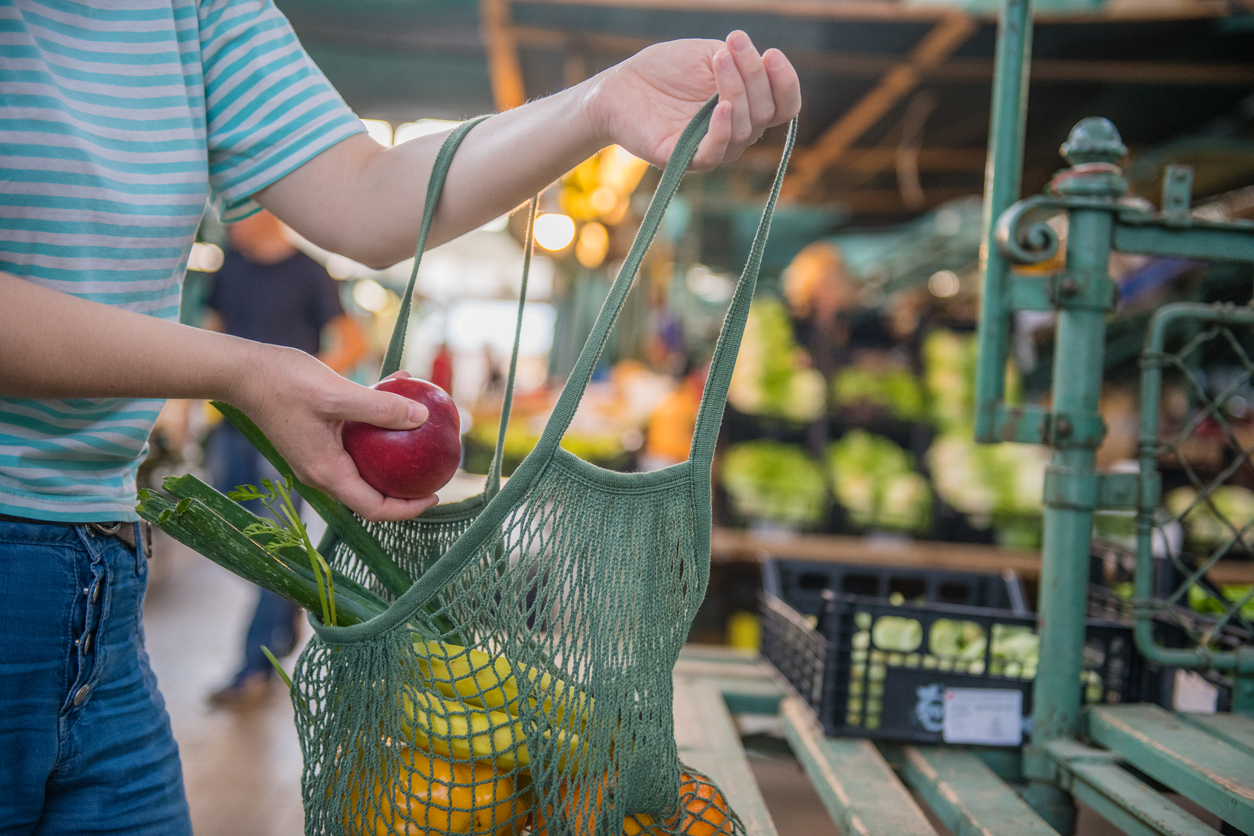
If you bring produce home in plastic bags from the store, or you have food packaging that uses plastic, recycling this plastic appropriately can help reduce waste and prevent plastic from going into landfills. Instead of using plastic from the store to bring home fruits and vegetables, try reusable produce bags. They’re washable, made from organic cotton, and can double for storing produce in the fridge as well.
Get the Cottify Reusable Produce Bags Organic Cotton Mesh (Set of 13) at Amazon for $21.99
5. Compost your food scraps.
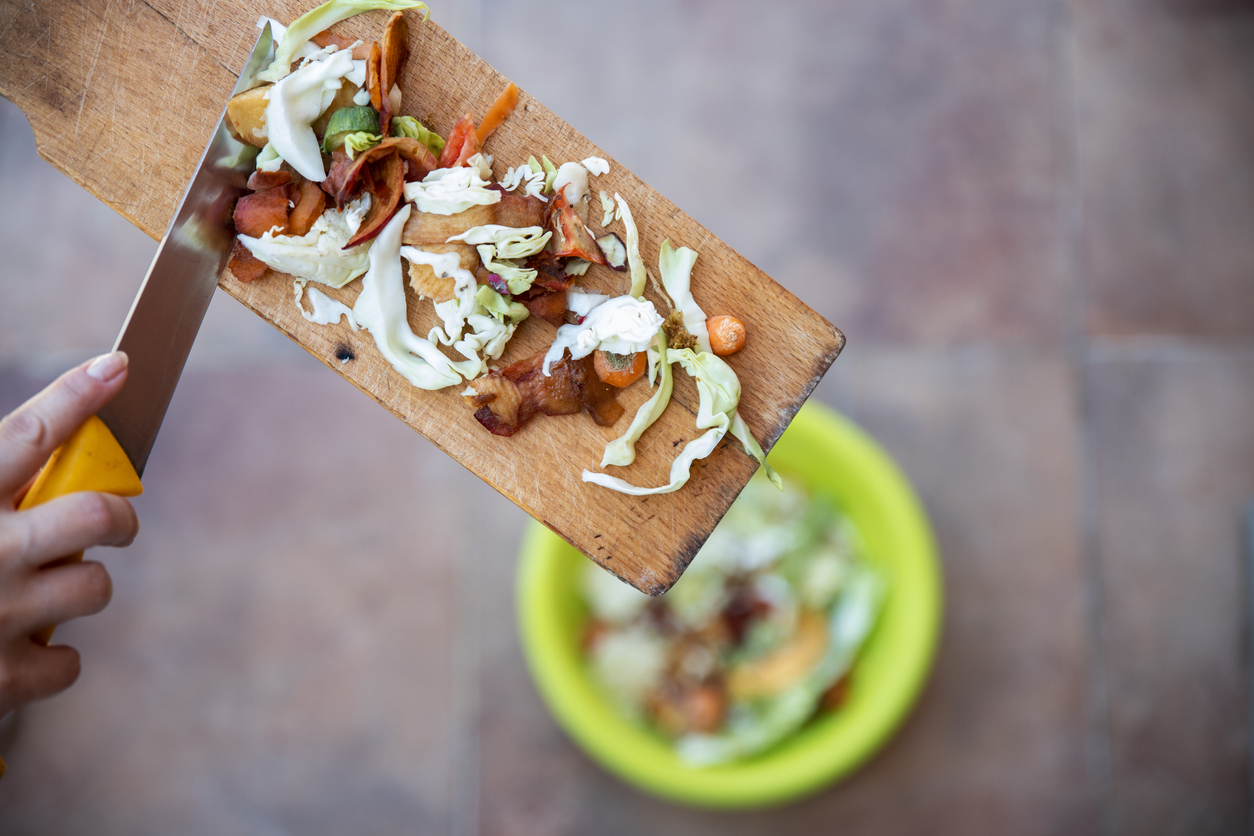
Wasted food for human consumption generates 1.3 billion tons of waste every year. While not wasting any food is unrealistic for many, you can put those food scraps and spoiled leftovers to better use by composting them at home. Even if you live in a city, you can use this countertop compost pail to collect food scraps and make a mini compost pile to benefit your houseplants and outdoor gardens.
Get the Gardenatomy Kitchen Compost Pail Bin at Amazon for $42.99
6. Buy as many foods as you can in bulk.
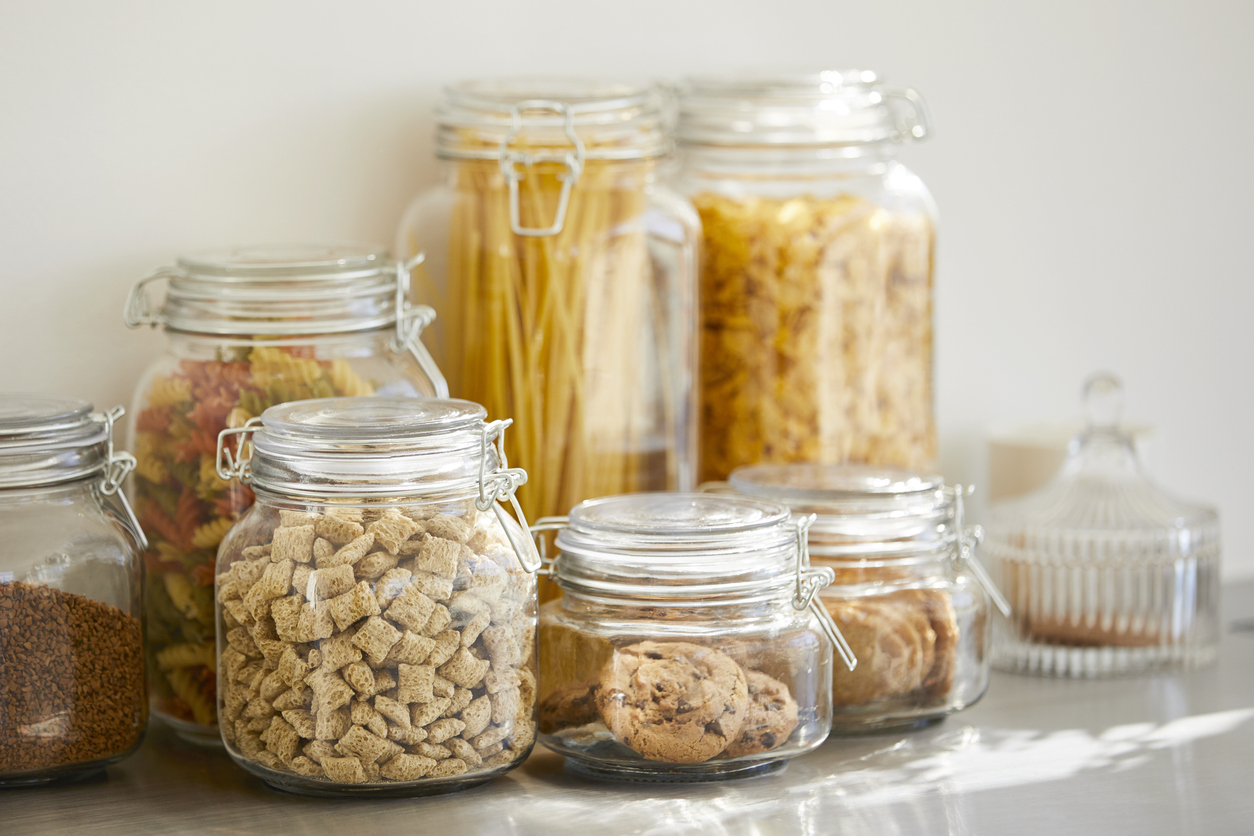
Many grocery stores have a bulk food section where you can purchase dry goods such as seeds, nuts, candy, and even granola, popcorn, and rice in any quantity you choose. This gives you the opportunity to skip the paper and plastic packaging these foods normally come in and bring your own container from home. Classic Ball mason jars are easy to use and can go along to your grocery store so you can fill them with your favorite items and bring them home to start using right away—no plastic or paper to recycle.
Get the Ball Mouth Regular Mouth 16-ounce Mason Jars (4-pack) at Amazon for $12.18
7. Store leftovers in reusable food storage containers and beeswax wrap instead of plastic and aluminum.
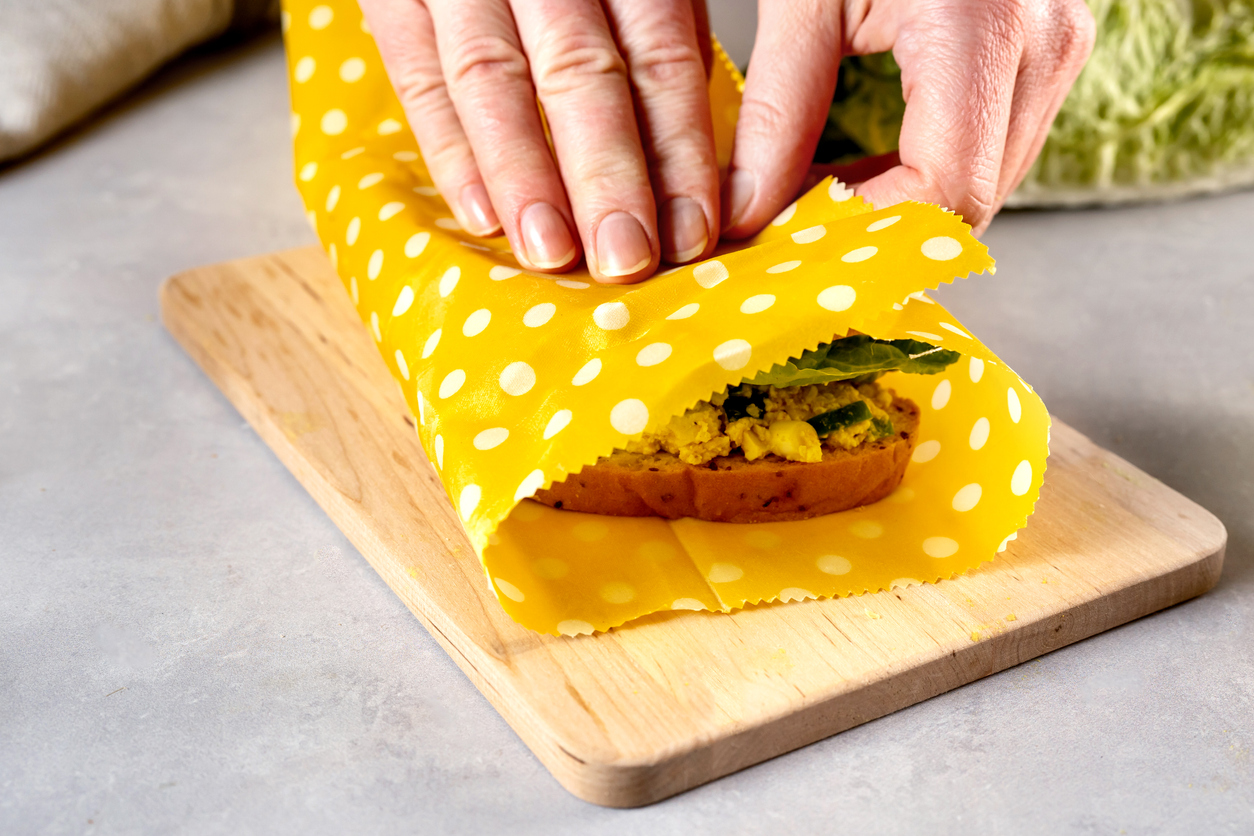
There are many options for replacing plastic containers or plastic wrap and aluminum foil for food storage to generate less waste in the kitchen. Instead of plastic storage, use glass containers, which have a longer life and can be reused for years. If you use plastic wrap, consider replacing it with beeswax wrap, which you can wash and reuse. For baking and cooking, silicone baking mats and stretchy silicone bowl lids can help replace aluminum foil for a zero-waste solution.
- Get the Snapware 24-Piece Total Solution Glass Food Storage Set at Amazon for $72.95
- Get the Bee’s Wrap 3-pack at Amazon for $14.99
- Get the unwasted Silicone Stretch Lids (Set of 7) at Amazon for $14.89
- Get the Silpat Premium Non-Stick Silicone Baking Mat at Amazon for $23.49
8. Dine with cloth napkins.
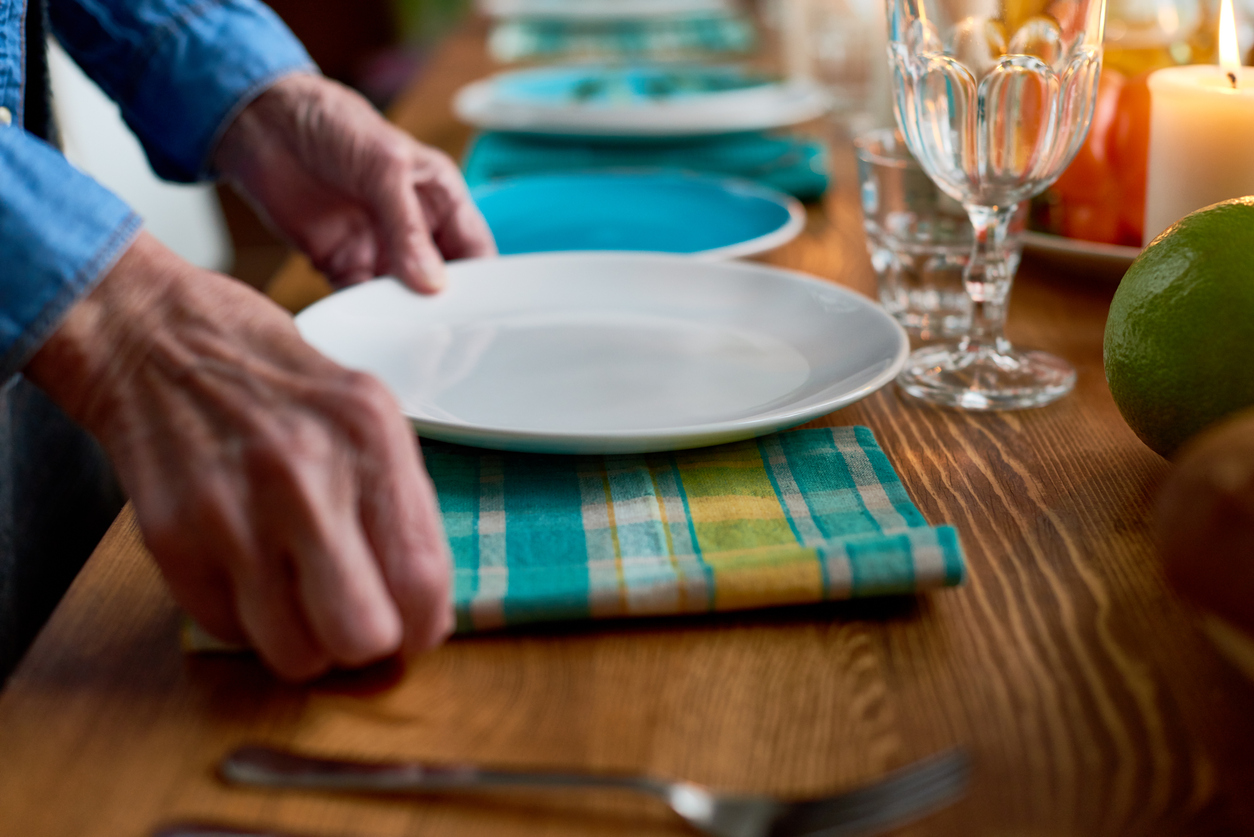
Paper napkins and paper towels can easily be replaced with cotton napkins, which can be washed and reused for a zero-waste kitchen. Instead of purchasing paper napkins and disposing of them after a single use, invest in cloth napkins in your color of choice to move one step closer to a zero-waste kitchen.
Get the Urban Villa Solid Slub Set of 12 Dinner Napkins at Amazon for $20.81
9. Use a French press for your morning coffee.

Electric coffee machines aren’t only made of plastic: they require filters that can generate additional waste. K-cup coffee machines generate the most waste, with enough pods to circle the Earth 12 times disposed of in landfills in a single year. Instead of conventional machines, consider using a French press.
Completely zero-waste, a French press uses fresh-ground coffee beans with a metal strainer to strain out coffee. Plus, some argue that the coffee tastes better because the press method leaves the oils and flavor of the coffee beans intact. When you’re done with your coffee, compost the grounds. As a bonus, a French press doesn’t require any electricity to operate.
Get the Secura French Press Coffee Maker at Amazon for $24.96
10. Invest in a water filter.
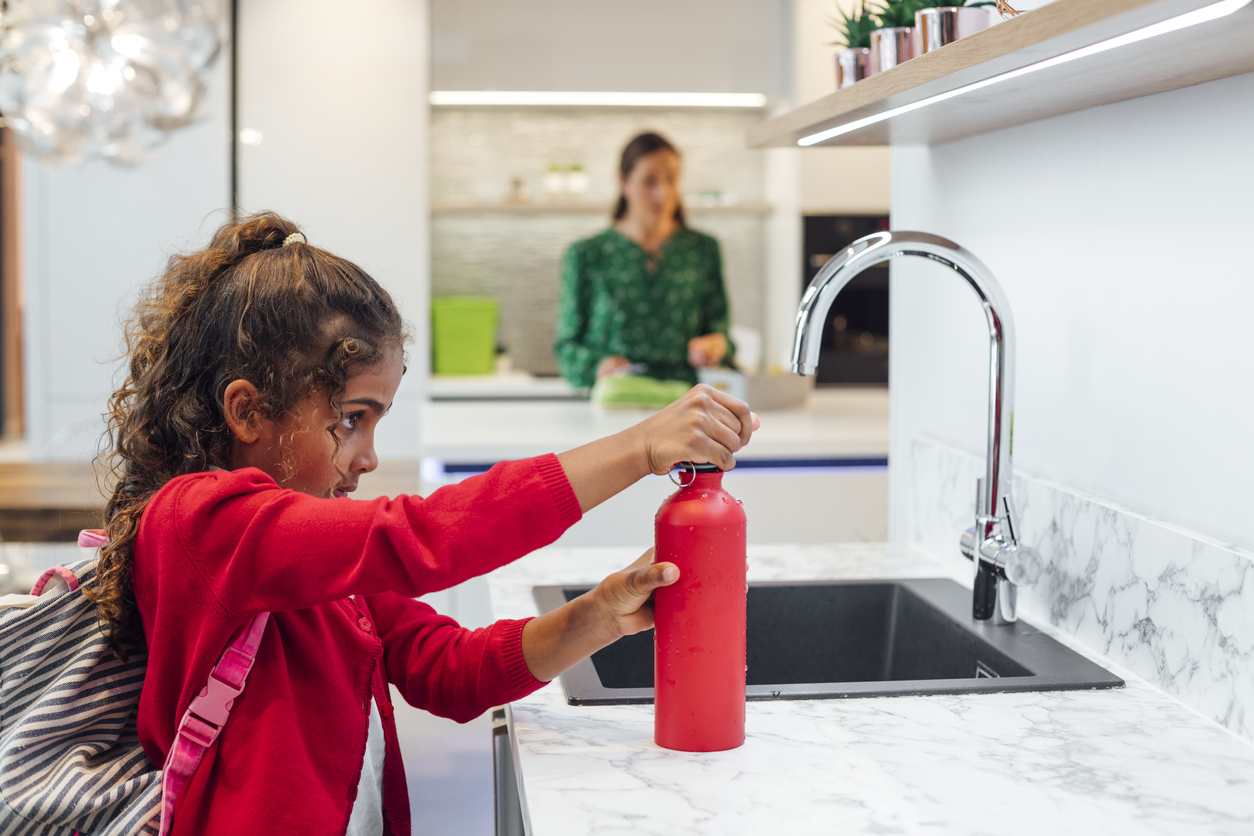
In the United States alone, people throw away 60 million water bottles every day. Fortunately, there are many more options instead of buying plastic water bottles. You can invest in a whole house water filter or faucet water filter to reduce the contaminants in your drinking water and improve its taste. Use a reusable water bottle to drink from throughout the day—no plastic bottles required.
- Get the Brita Basic Faucet Water Filter System at Amazon for $22.39
- Get the Hydro Flask Water Bottle at Amazon for $29.95
The prices listed here are accurate as of publication on November 10, 2021.


